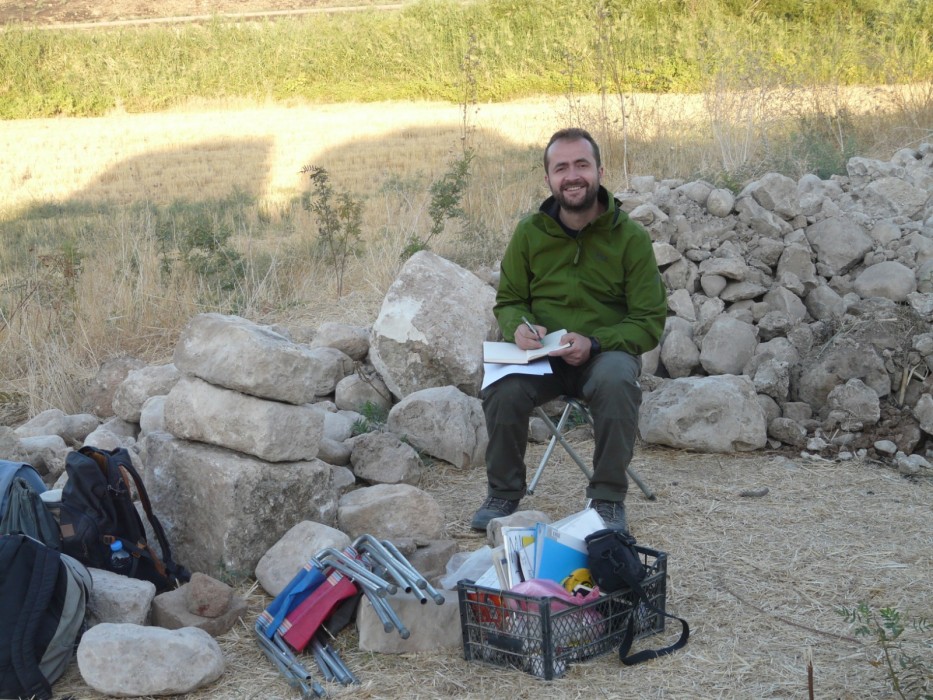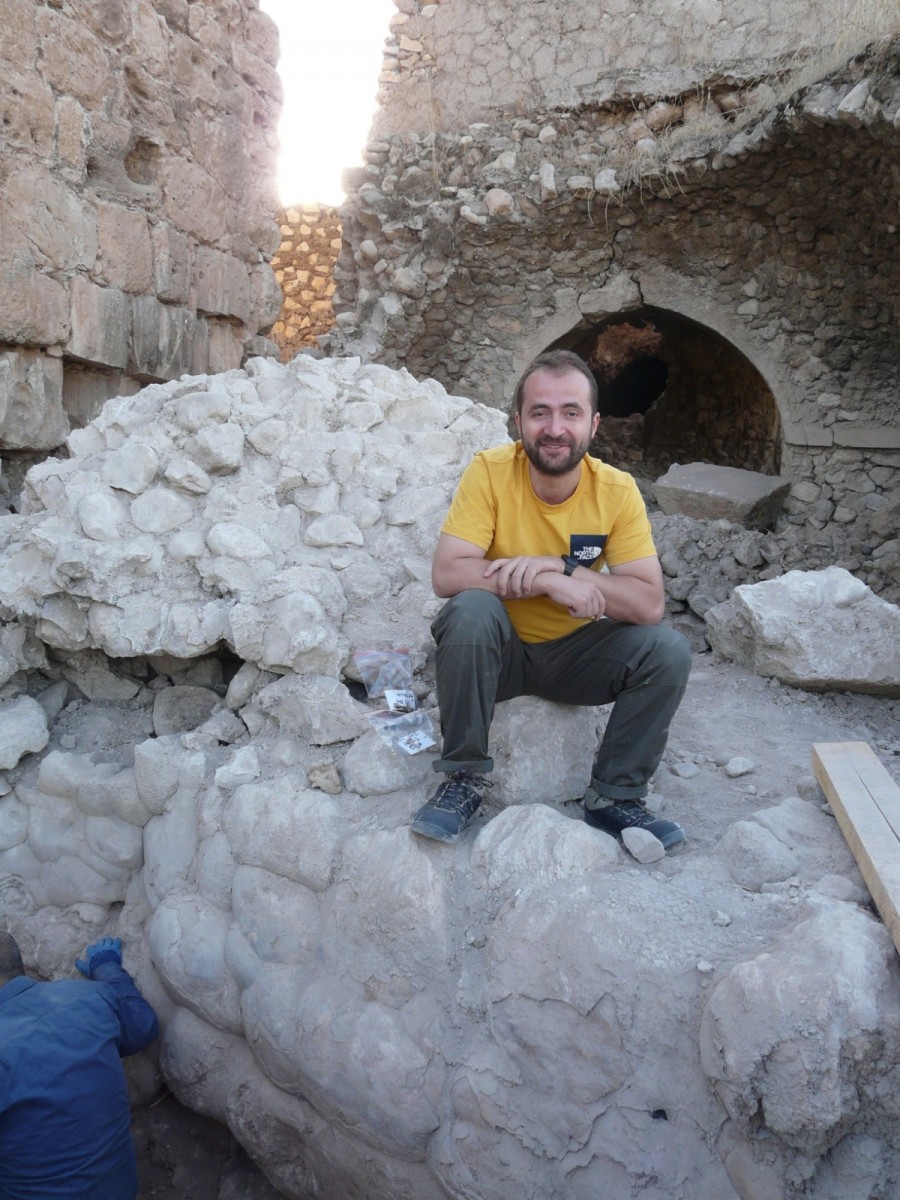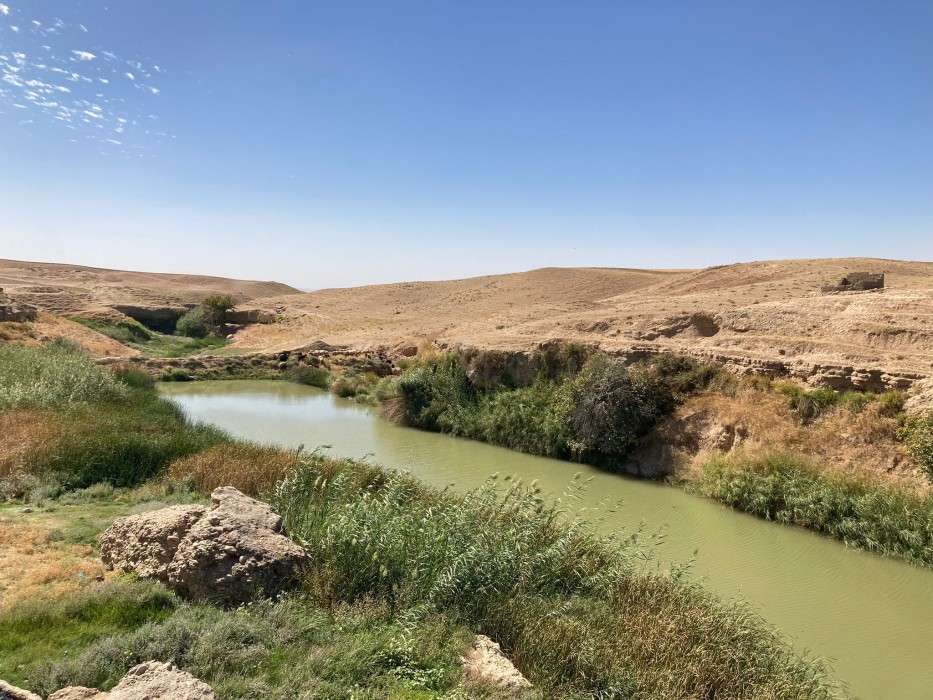
ABD'nin Northwestern Üniversitesi'nde 25-27 Ekim 2024 tarihlerinde düzenlenen Ottoman and Turkish Studies Association Conference (Osmanlı ve Türkiye Çalışmaları Kurumu Konferansı)'ında Fakültemiz Tarih Bölümü öğretim üyemiz Dr. Öğr. Üyesi Onur USTA'nın Venedik Ca'Foscari Üniversitesi'nden Prof. Dr. Cristina Tonghini ile birlikte kaleme aldığı “The watermills of Mosul in the Ottoman period.” Journal of the Economic and Social History of the Orient 66, no. 1-2 (2023): 237-287 adlı makalesi onur ödülüne layık görülmüştür.
Honorable Mention:
“The watermills of Mosul in the Ottoman period.” Journal of the Economic and Social History of the Orient 66, no. 1-2 (2023): 237-287. by Onur Usta and Cristina Toghini.
Onur Usta and Cristina Tonghini’s “The Watermills of Mosul in the Ottoman Period” is a genuinely landmark study. It fundamentally revises Ottomanists’ understanding of the tax register (defter) –the principal genre of archival document for any historian interested in Ottoman political economy— by using fragmentary archaeological evidence to show what tax registers did not capture. Whereas sixteenth-century tax registers show only four milling installations along the Wadi Bandawai, in reality, the field surveys and excavations indicate that there had been more. It is thrilling to witness how Usta and Tonghini integrated these two different kinds of evidence. While the archaeological evidence could only provide a broad view of a long macro-period (of circa 1300 years), Ottoman tax registers (defters) complemented that wide-lens view with a sharper, focused view on a limited time frame. Carefully studying the latter, the authors hypothesize, responsibly, that a phase of massive reconstruction likely occurred in the 16th-17th centuries. Overall, although settlement patterns varied over time, milling locations did not as water mill infrastructures tended to be reused over generations (from their initial construction in the 7th – 8th centuries until the 20th century); rural inhabitants processed their cereals in much the same way over a millennium. This exciting essay is an inspiring showcase for rigorous and genuinely multidisciplinary research and necessary collaboration.
https://www.ottomanturkishstudiesassociation.org/
https://avesis.comu.edu.tr/onurusta/

